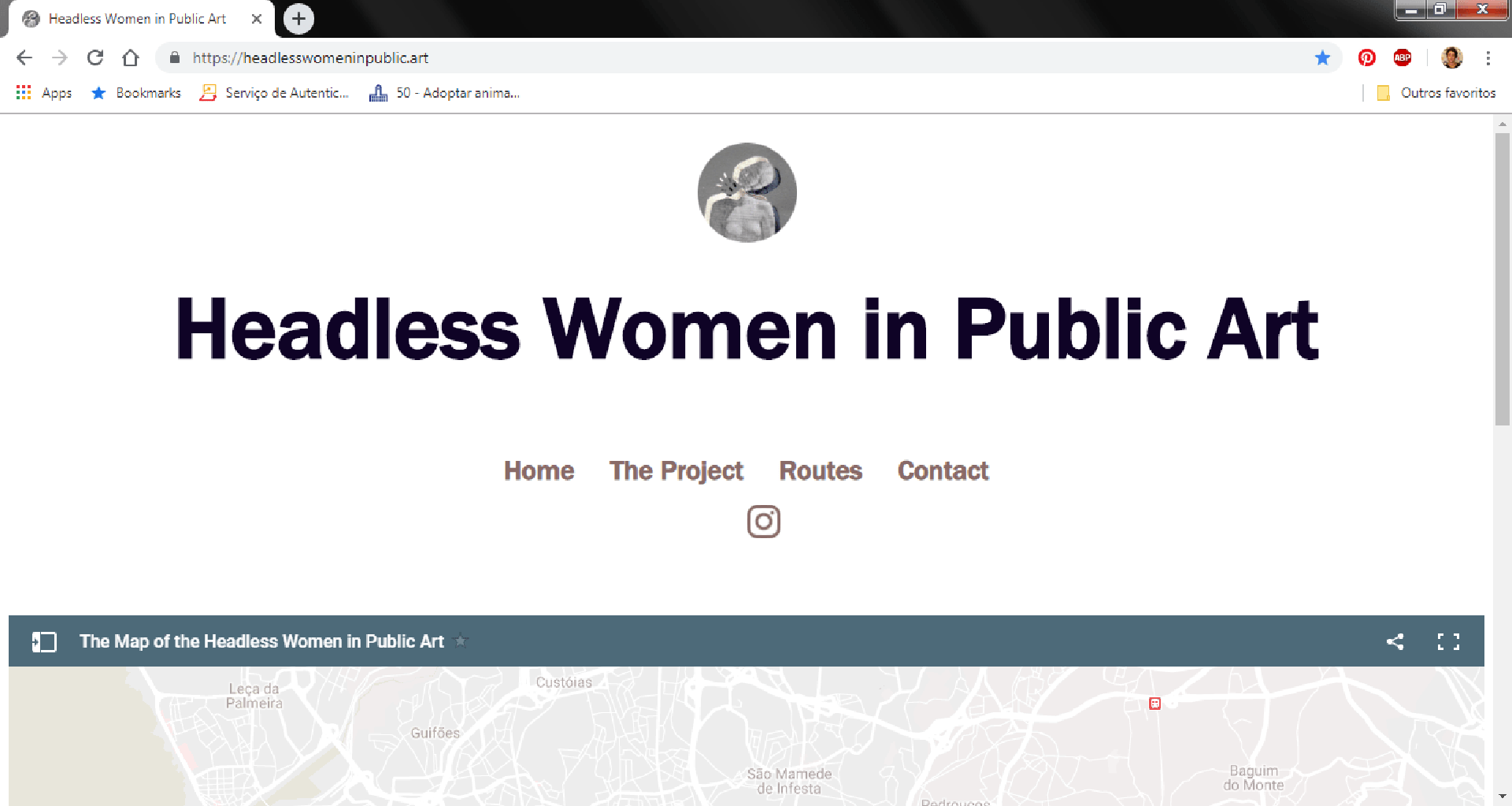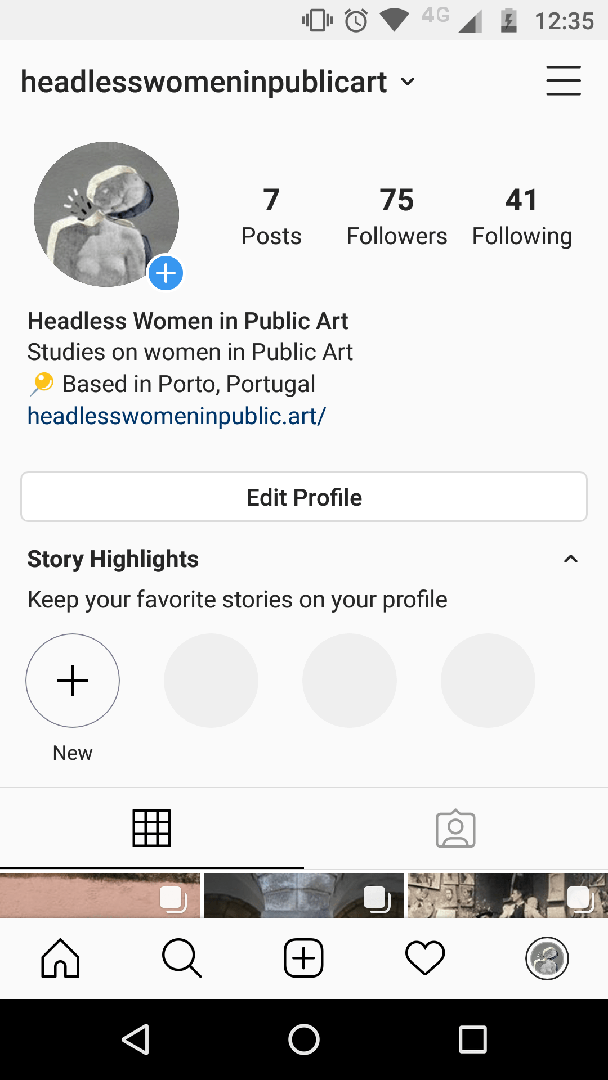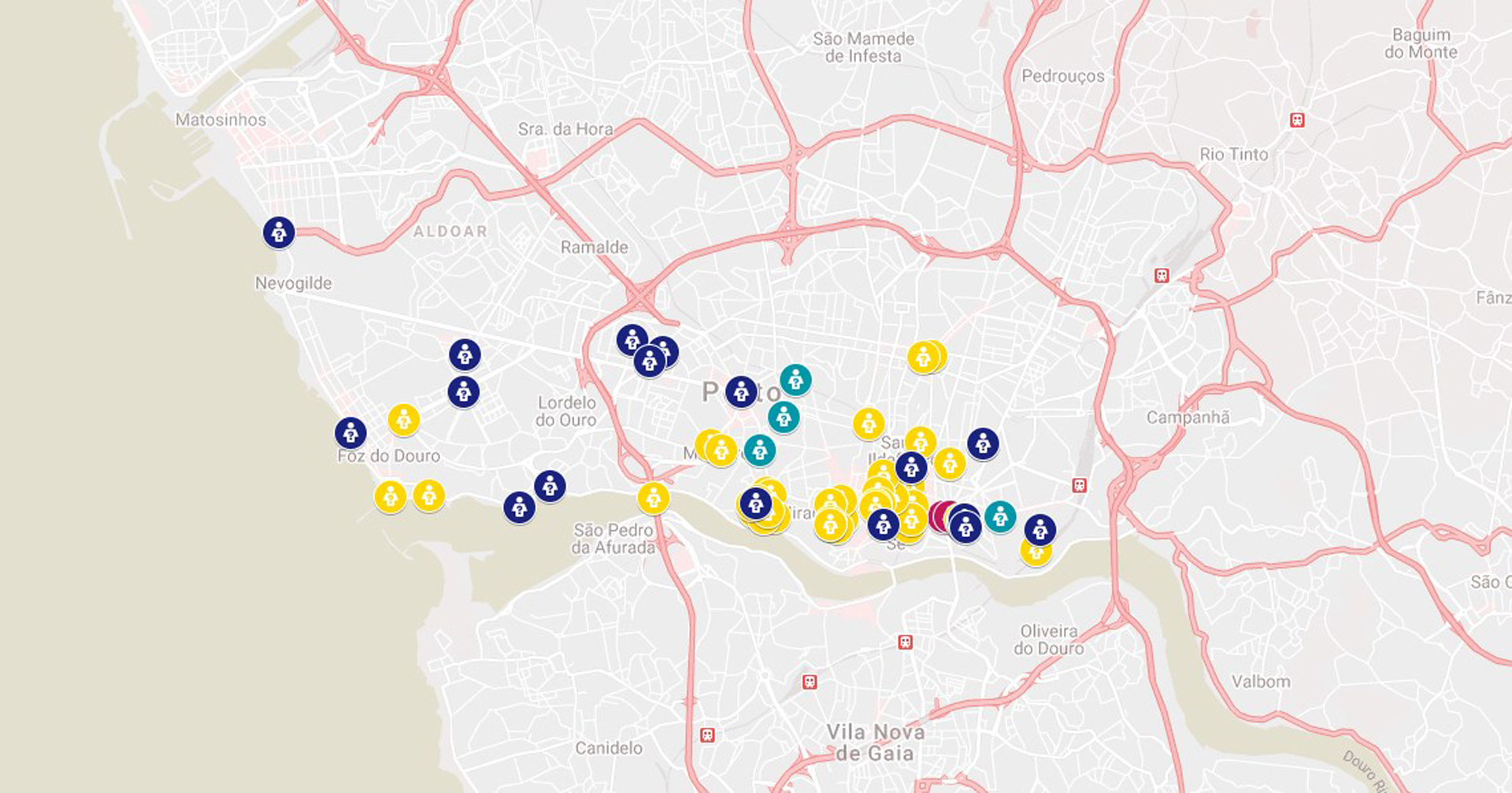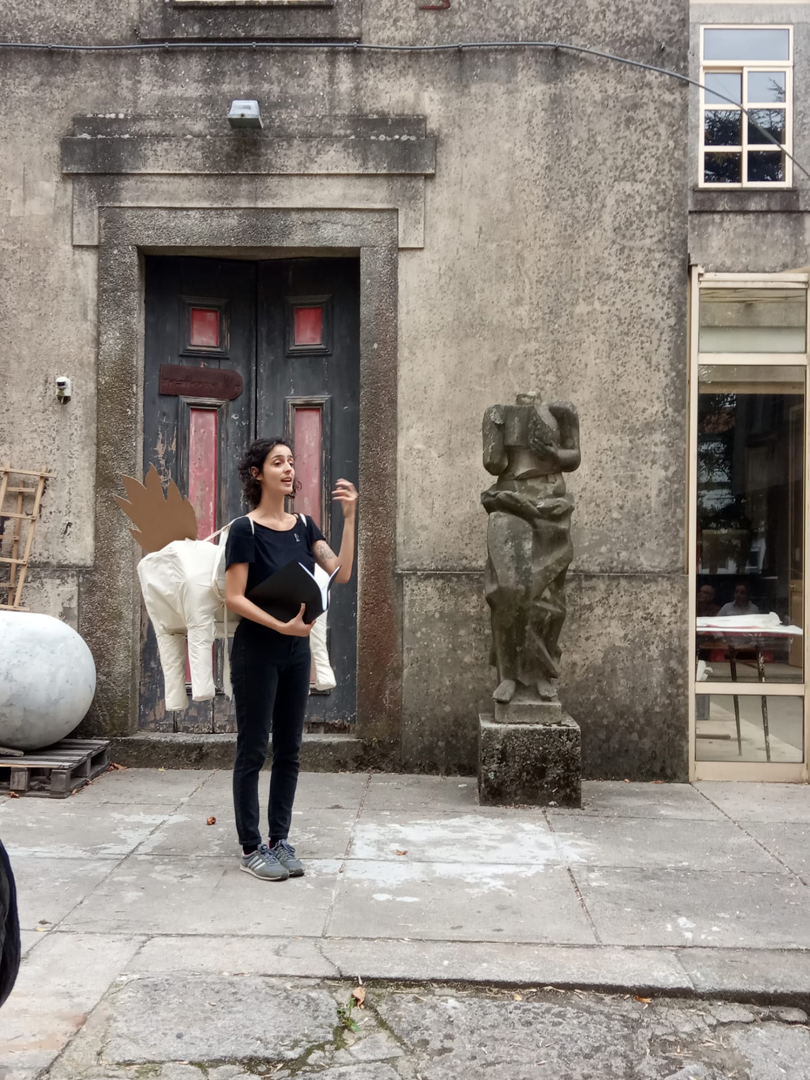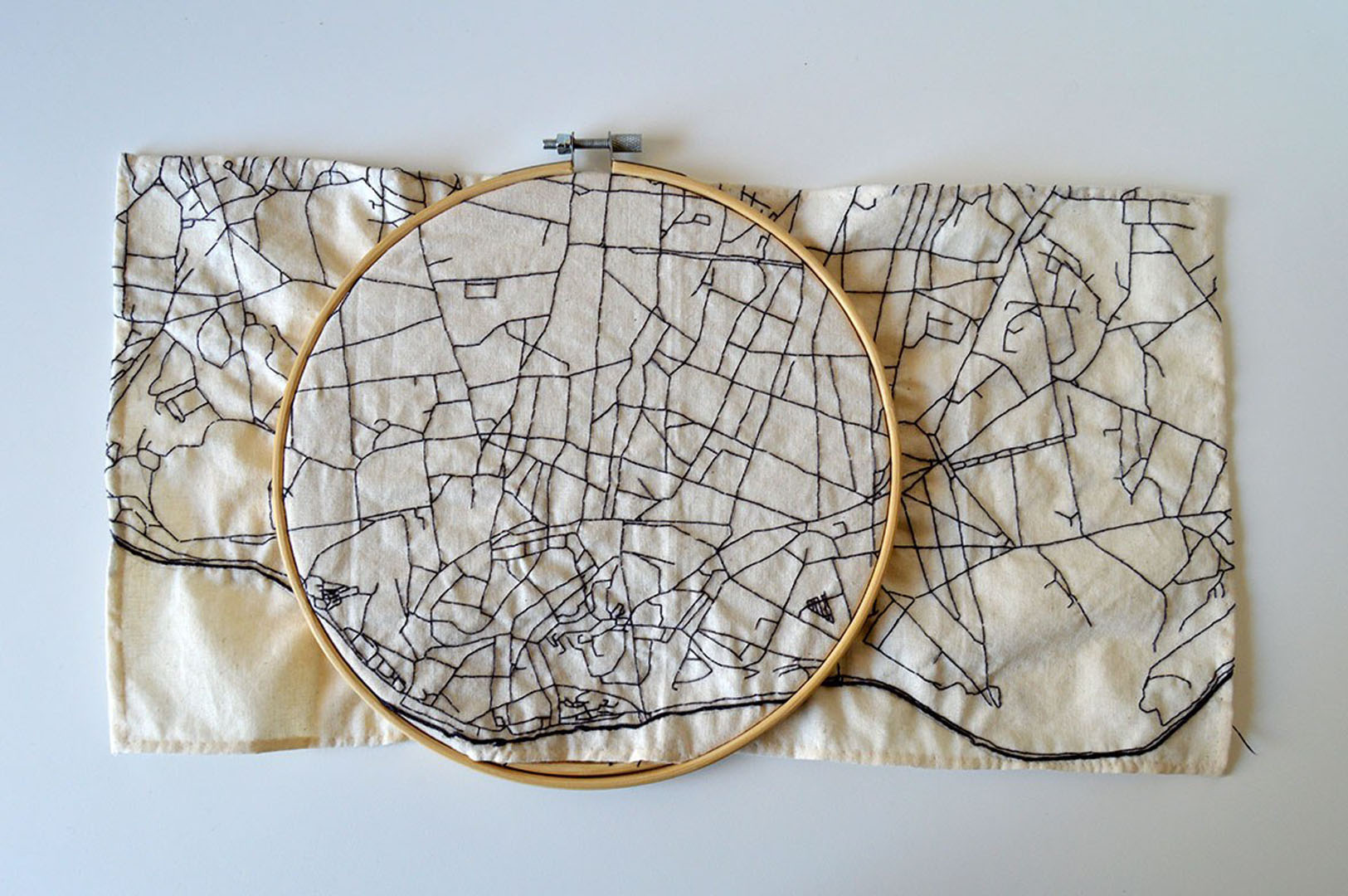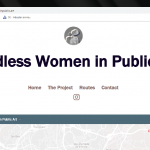Mariana Morais: Headless Women and Other Events: Tours for Public Art
Notice: Pod Template PHP code has been deprecated, please use WP Templates instead of embedding PHP. has been deprecated since Pods version 2.3 with no alternative available. in /data/siggraph/websites/history/wp-content/plugins/pods/includes/general.php on line 518
Artist(s):
Title:
- Headless Women and Other Events: Tours for Public Art
Exhibition:
- DAC Online Exhibition 2020: Digital Power: Activism, Advocacy and the Influence of Women Online
-
More artworks from DAC Online Exhibition 2020:
Notice: Array to string conversion in /data/siggraph/websites/history/wp-content/plugins/siggraph-archive-plugin/src/next_previous/source.php on line 345

Notice: Array to string conversion in /data/siggraph/websites/history/wp-content/plugins/siggraph-archive-plugin/src/next_previous/source.php on line 345

Category:
Artist Statement:
Headless Women and Other Events: Tours for the Public Art is an art project that examines permanent public art in cities and creates a new mapping device for it through the lens of 21st Century women. The permanent public artworks placed in many cities commonly follows an essentialist model of representation, perpetuating both past and present narratives that insist on the objectification of women. By integrating this theme into the virtual environment of social networks, following the recent flow of feminist movements, and through a reflection on the representations of the feminine in public art, the mapping the device of Headless Women in Public Art problematizes how these historical objects still affect passers-by day to day living. The map Headless Women in Public Art, in a digital, paper and fabric versions also spatialize new narratives distributed in three pedestrian tours – Headless Women, Women and Monuments and Art and Public. These pedestrian tours that can be found at the website https://headlesswomeninpublic.art inviting participants to take part in a project that aims to influence a diversification of women’s histories in the public space, to provide an exchange of ideas on gender and citizenship relations in Porto, and stimulate a broader understanding of the interrelations between the concepts of public art and the city today.
Headless Women in Public Art was created out of the need for a flexible tool, allowing various types of approaches and results as a way of successively broadening the dialogues about the concept of public and feminine art. The creation of the digital platform allowed me to program a more flexible and aggregating “window” on public art and gender identity, which are in constant transformation. The digital format allows a wider range of information and therefore interaction with a wider audience. Furthermore, it makes possible future collaboration between users in different parts of the world by building a collaborative database on women’s representation and participation in public art.

